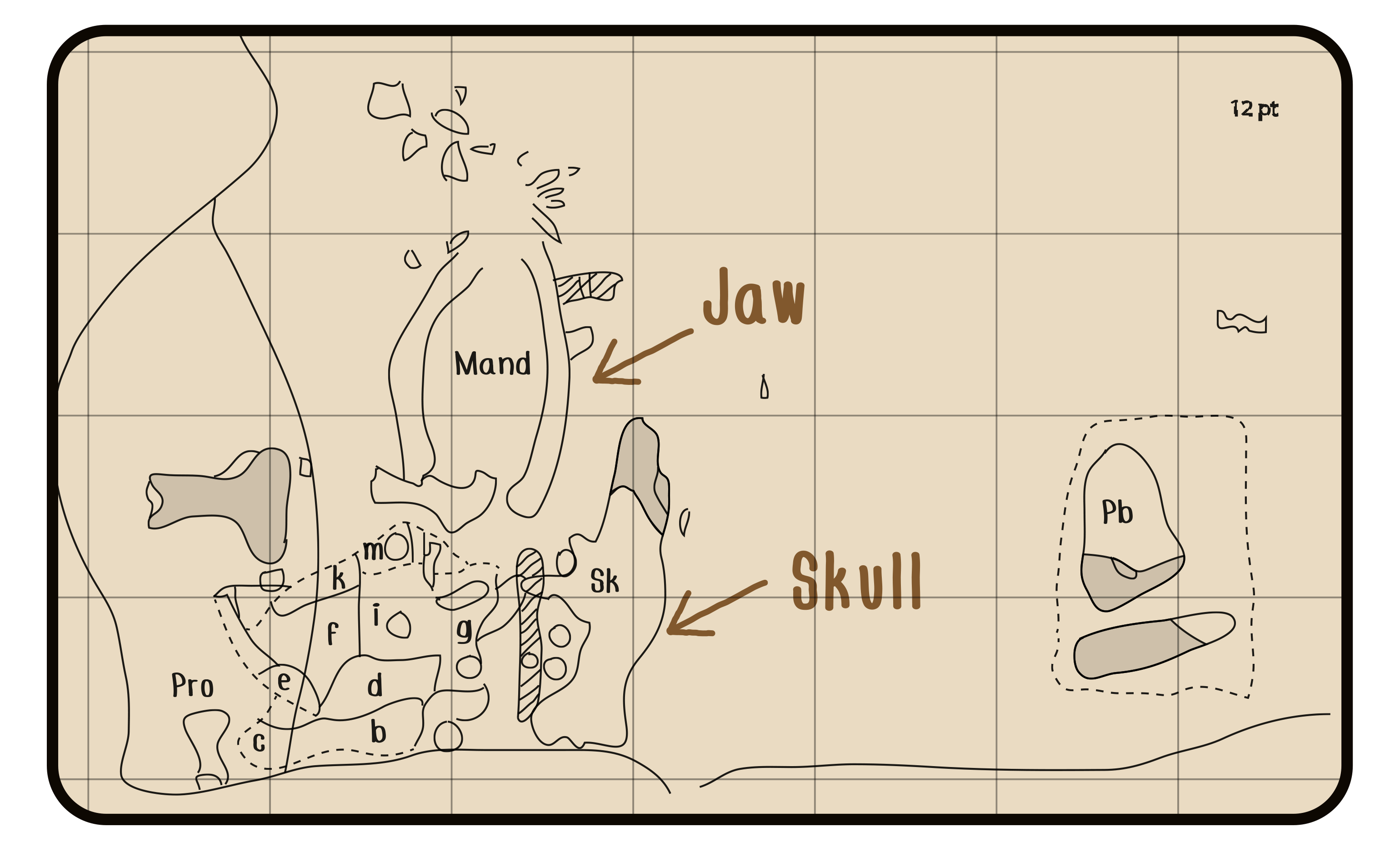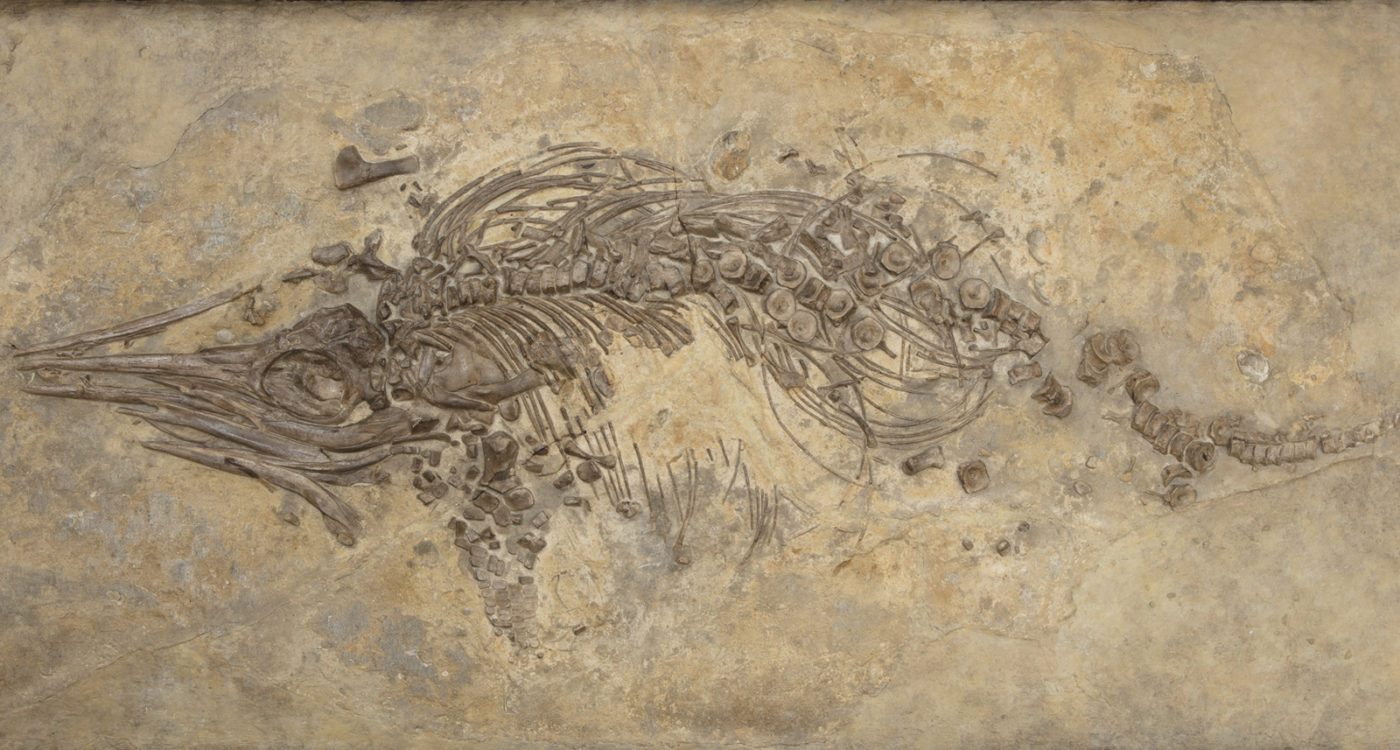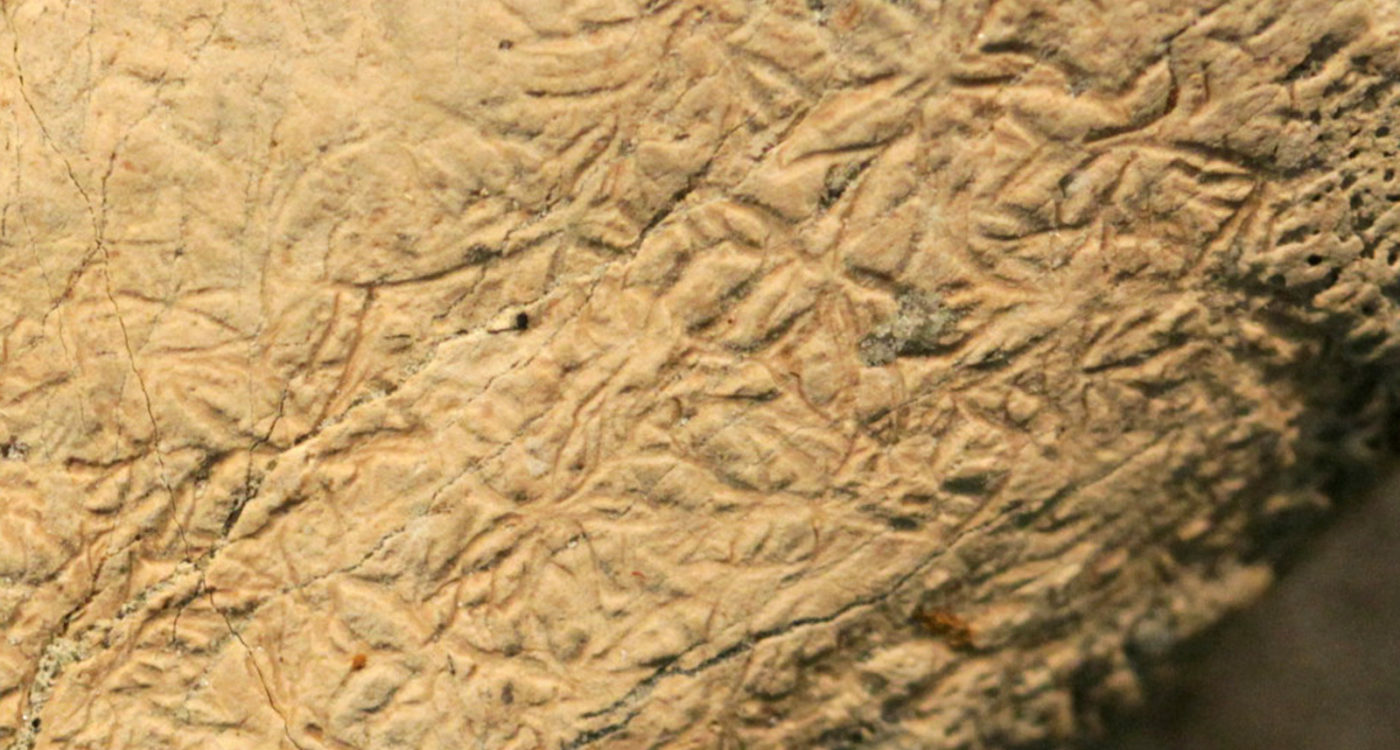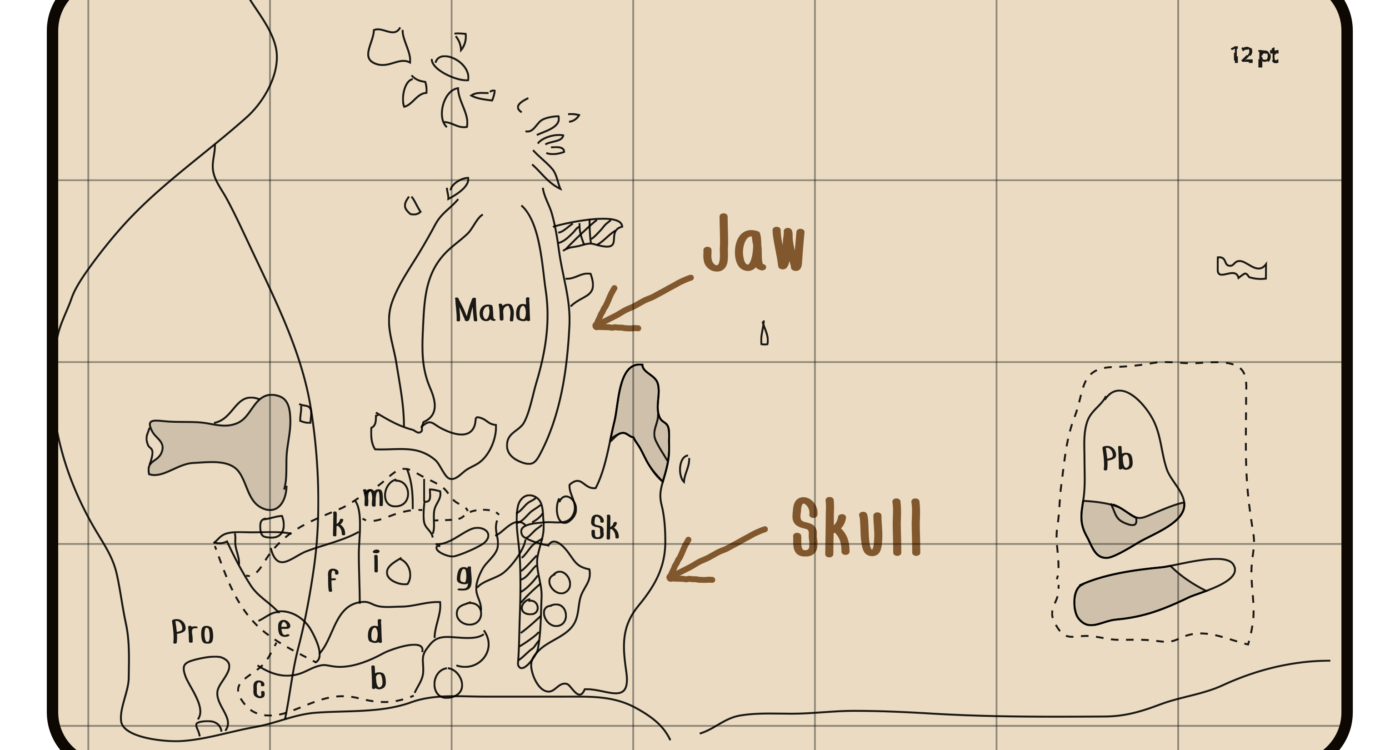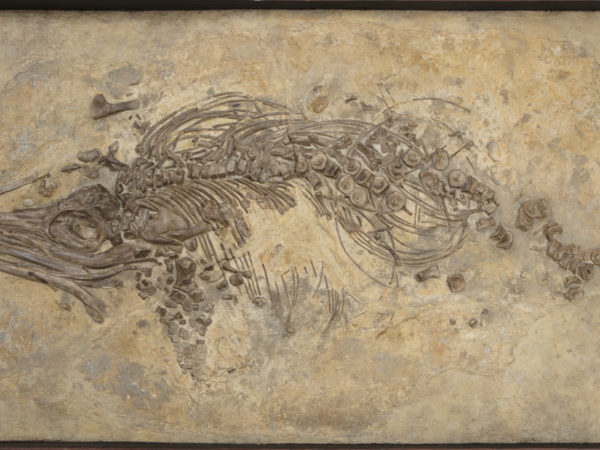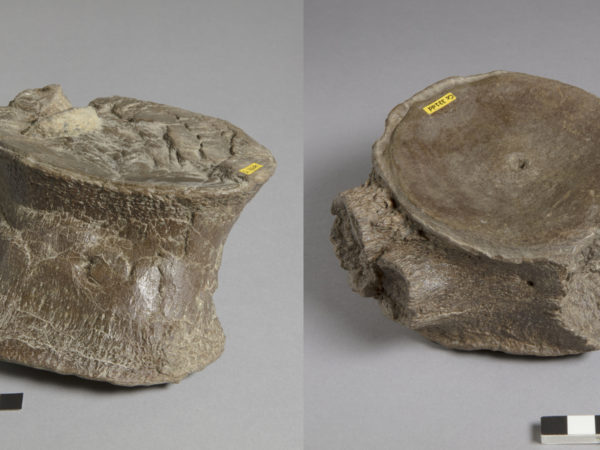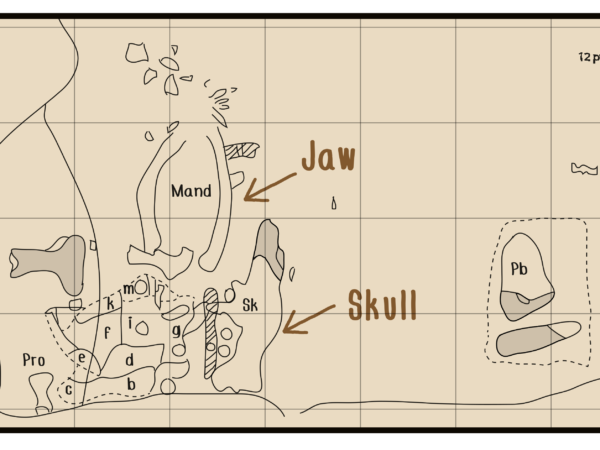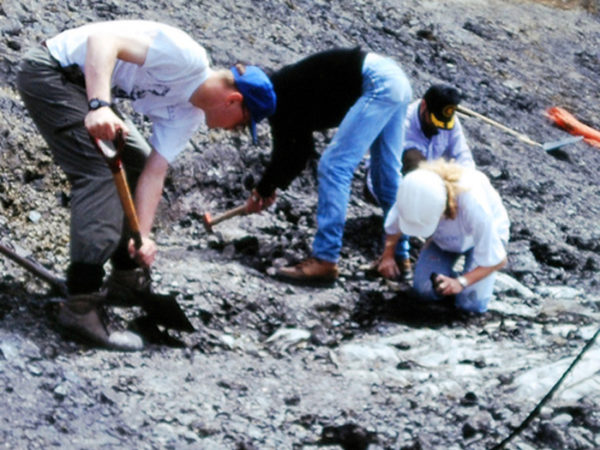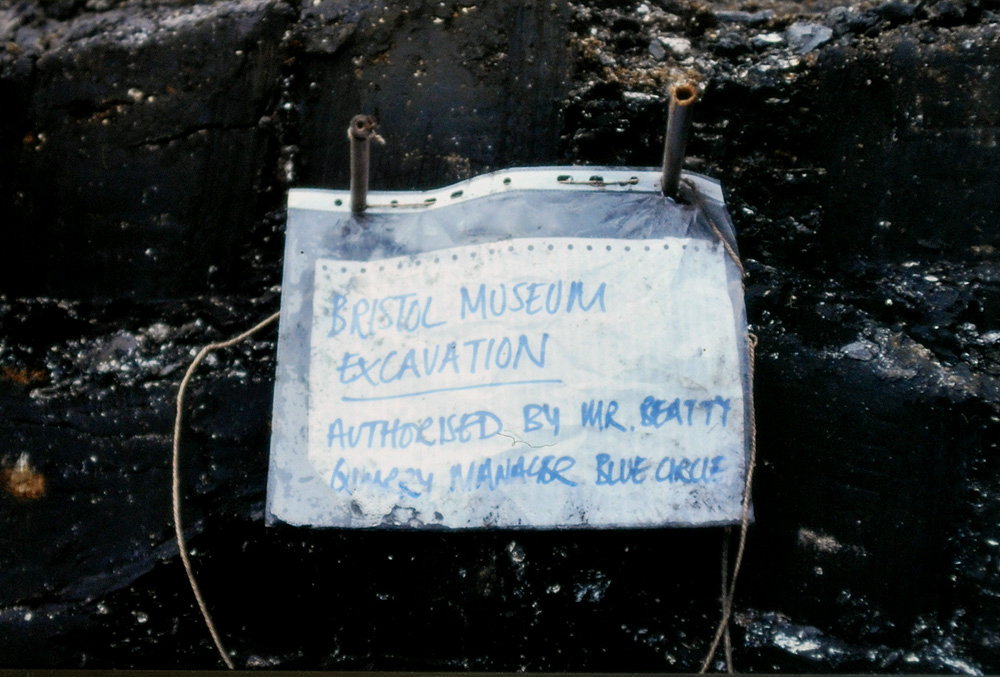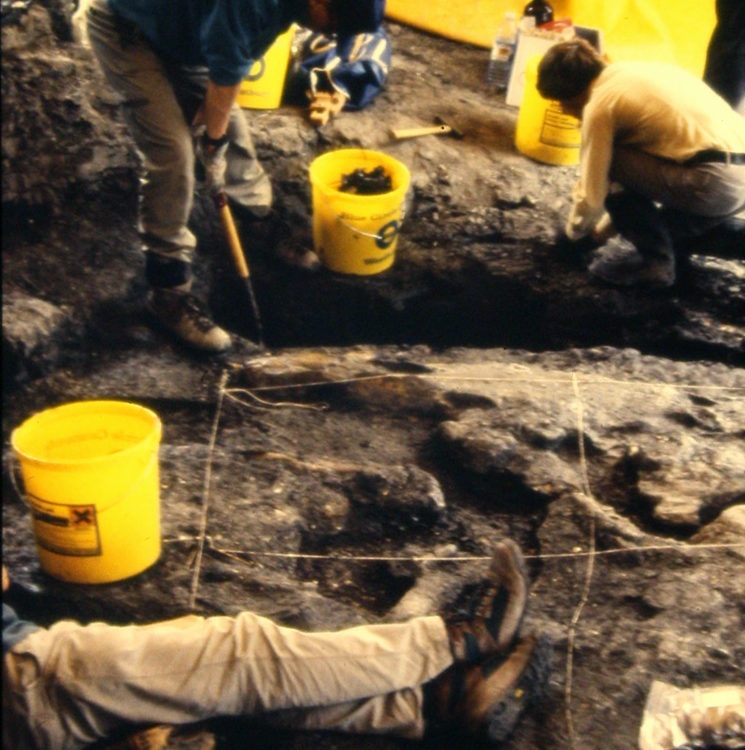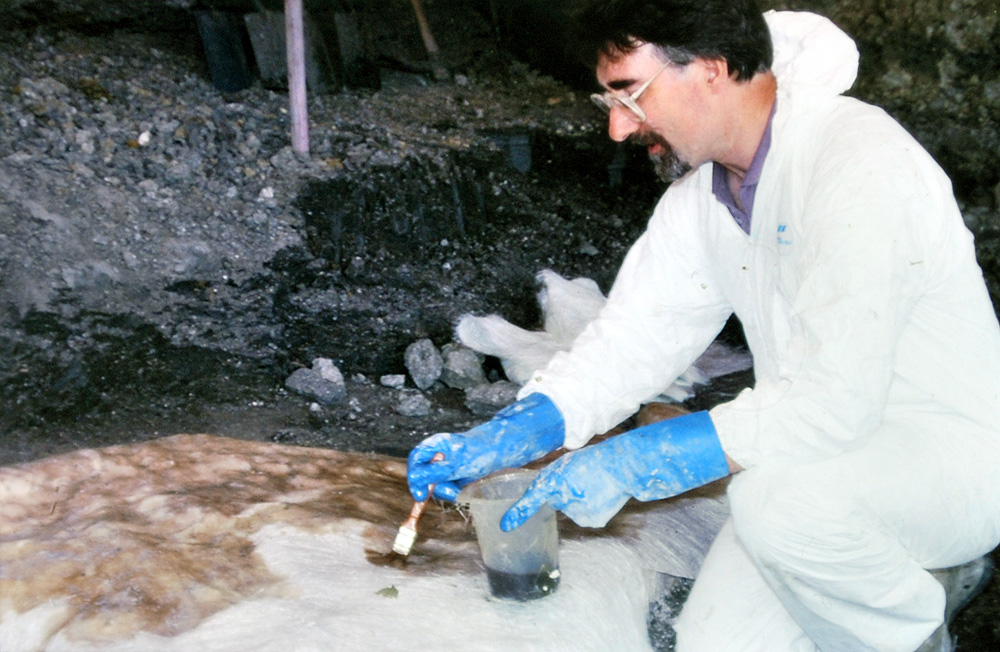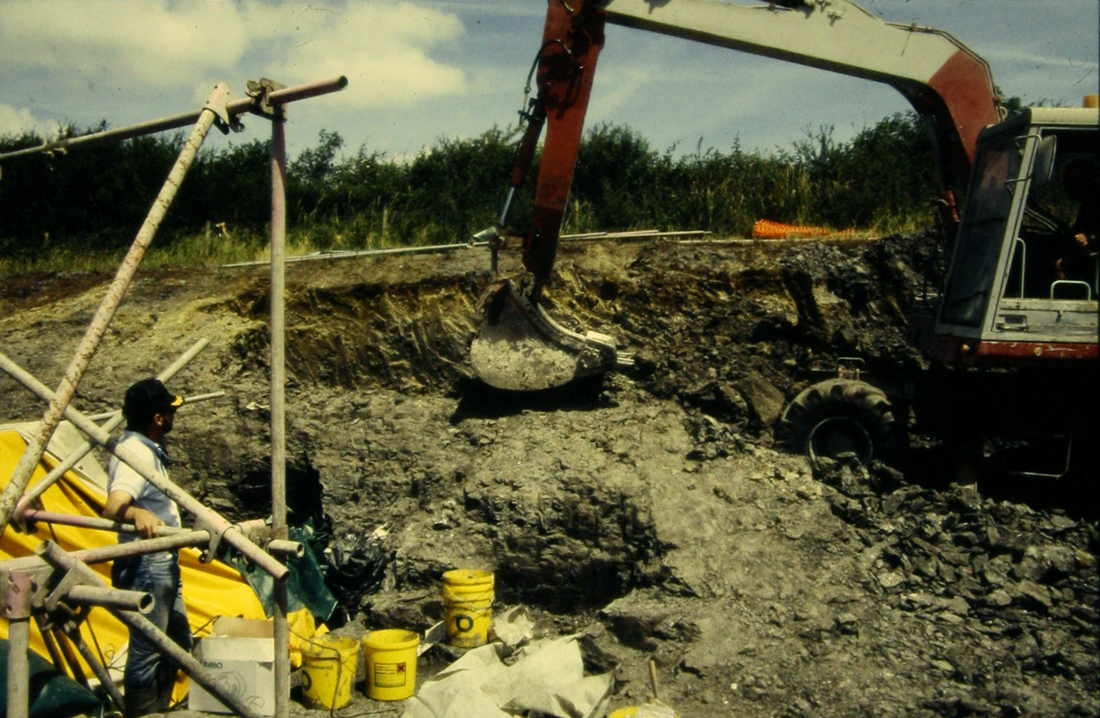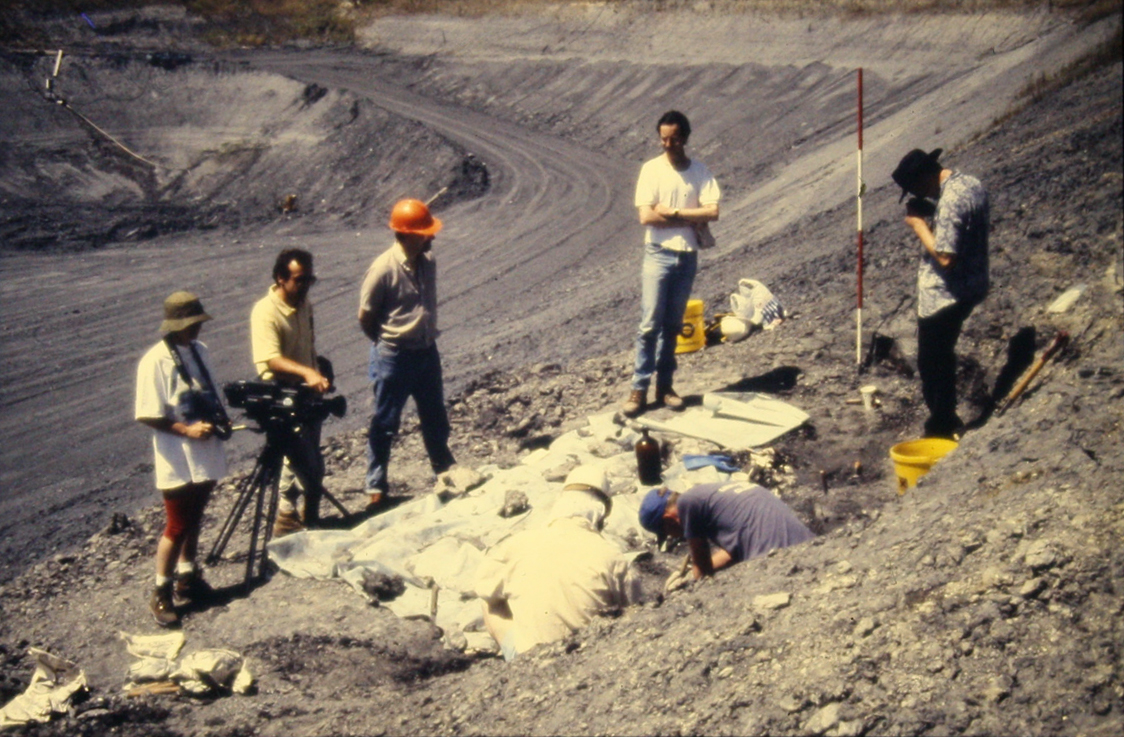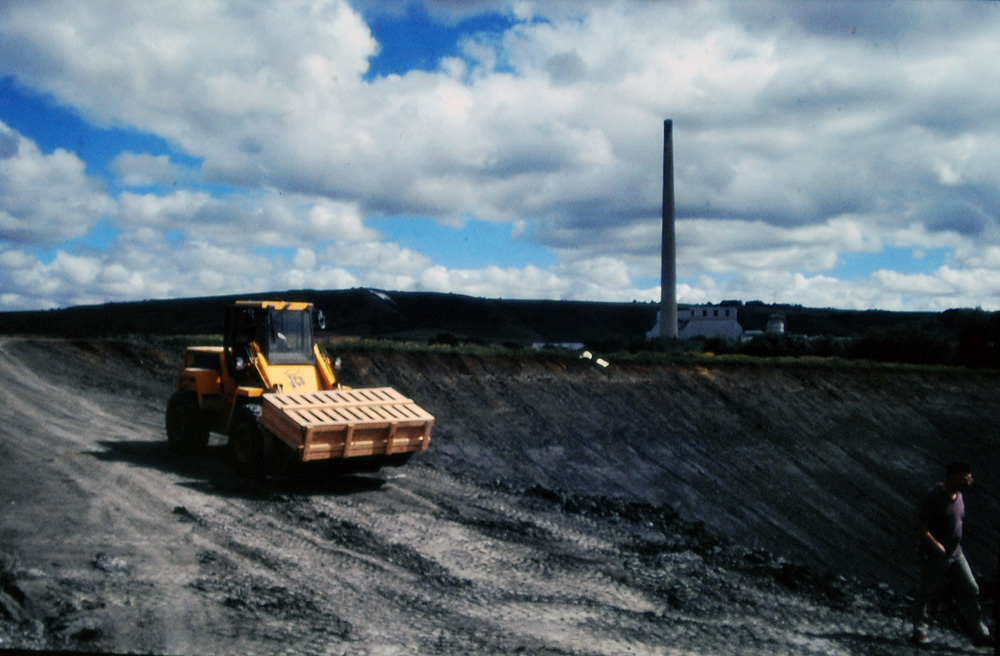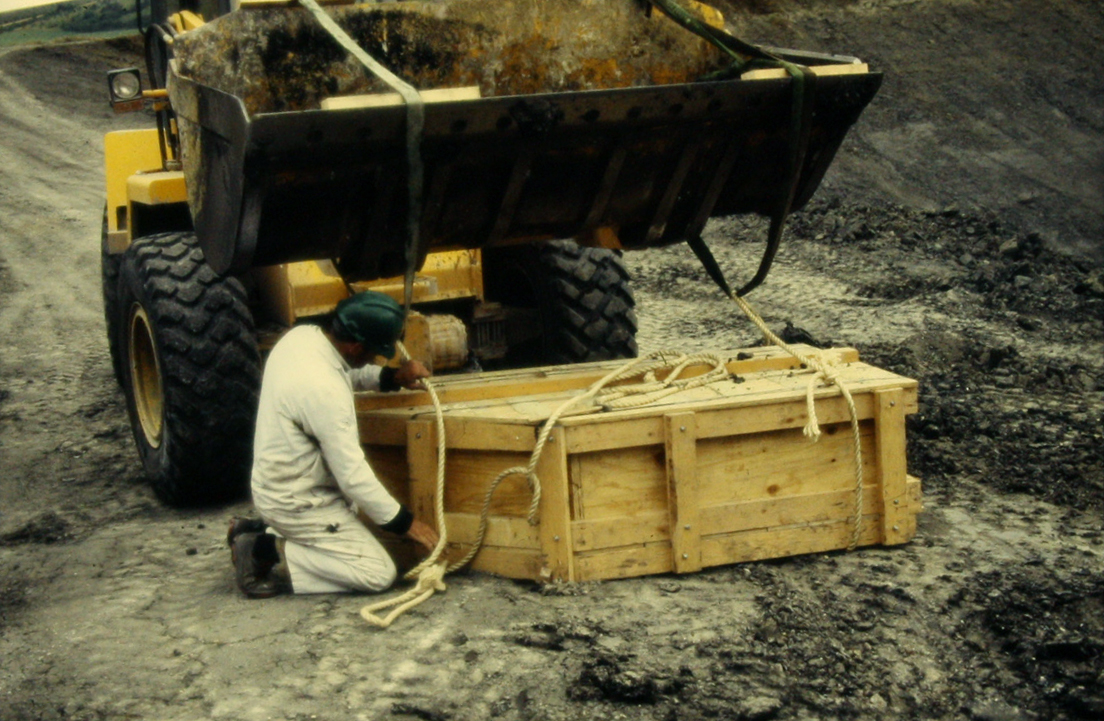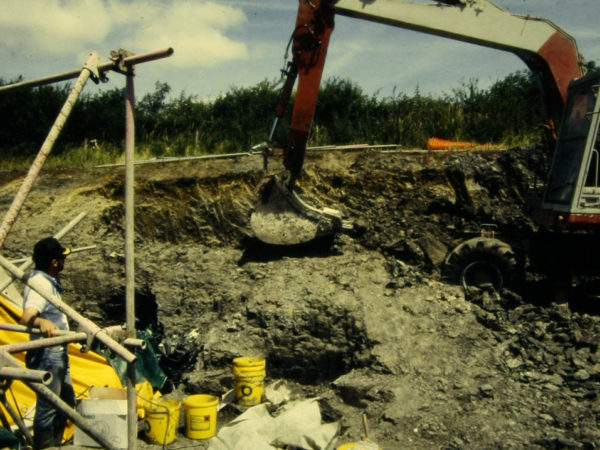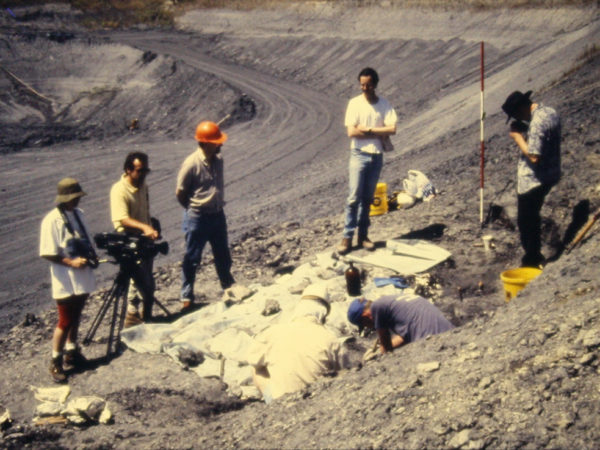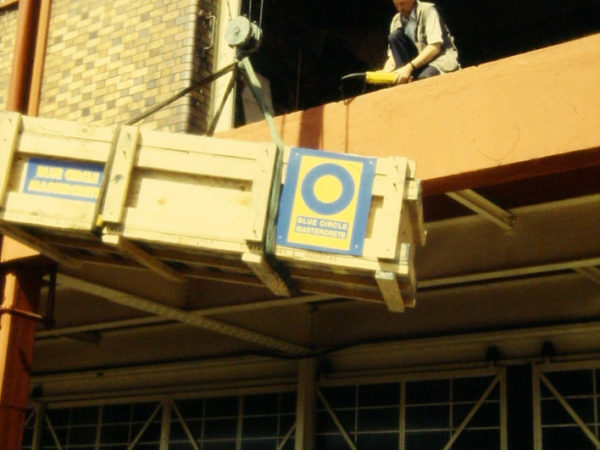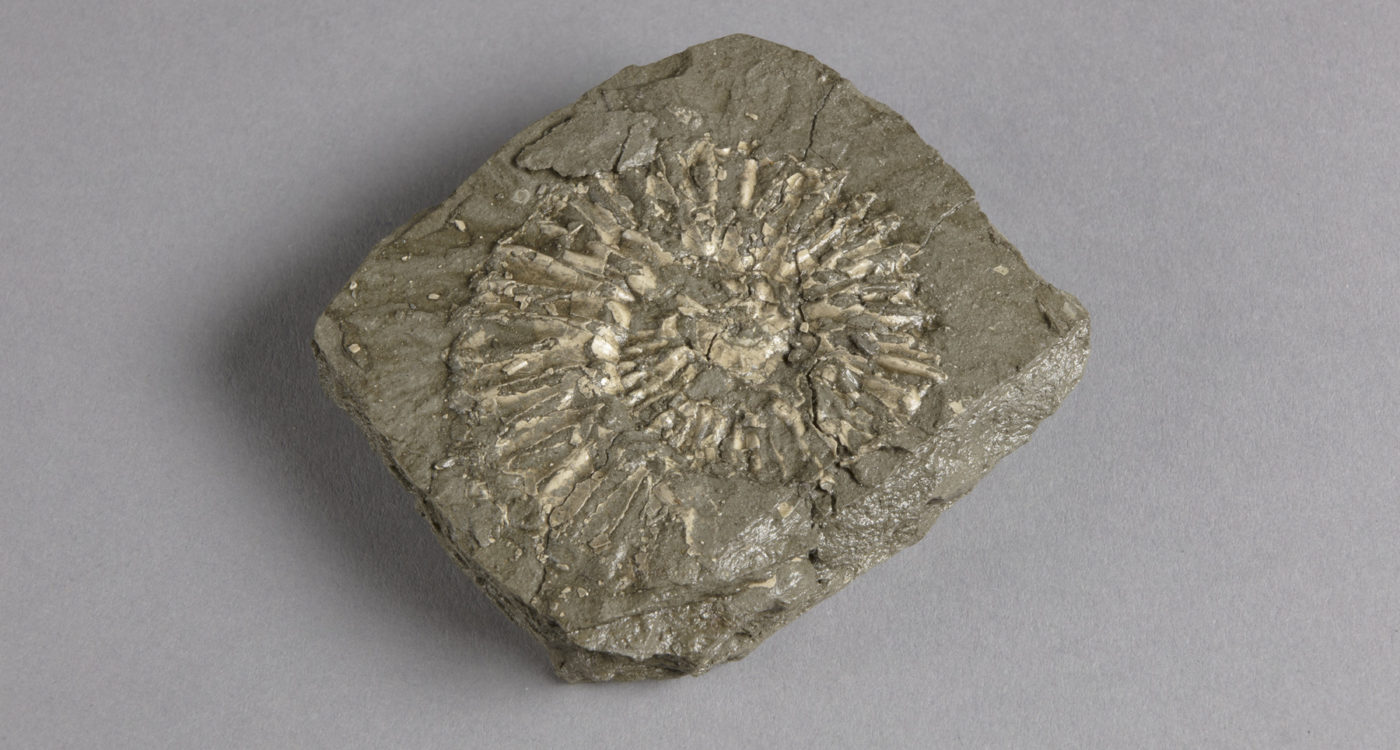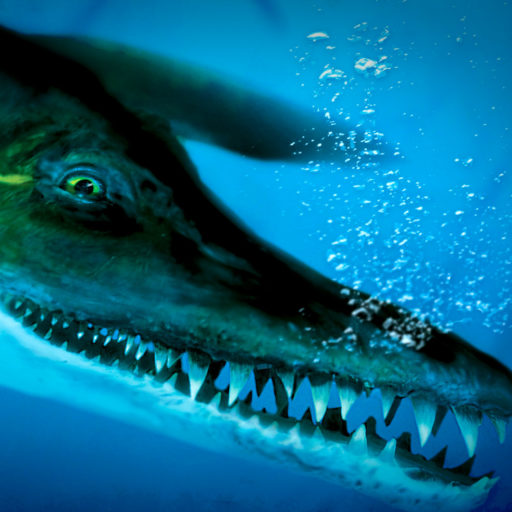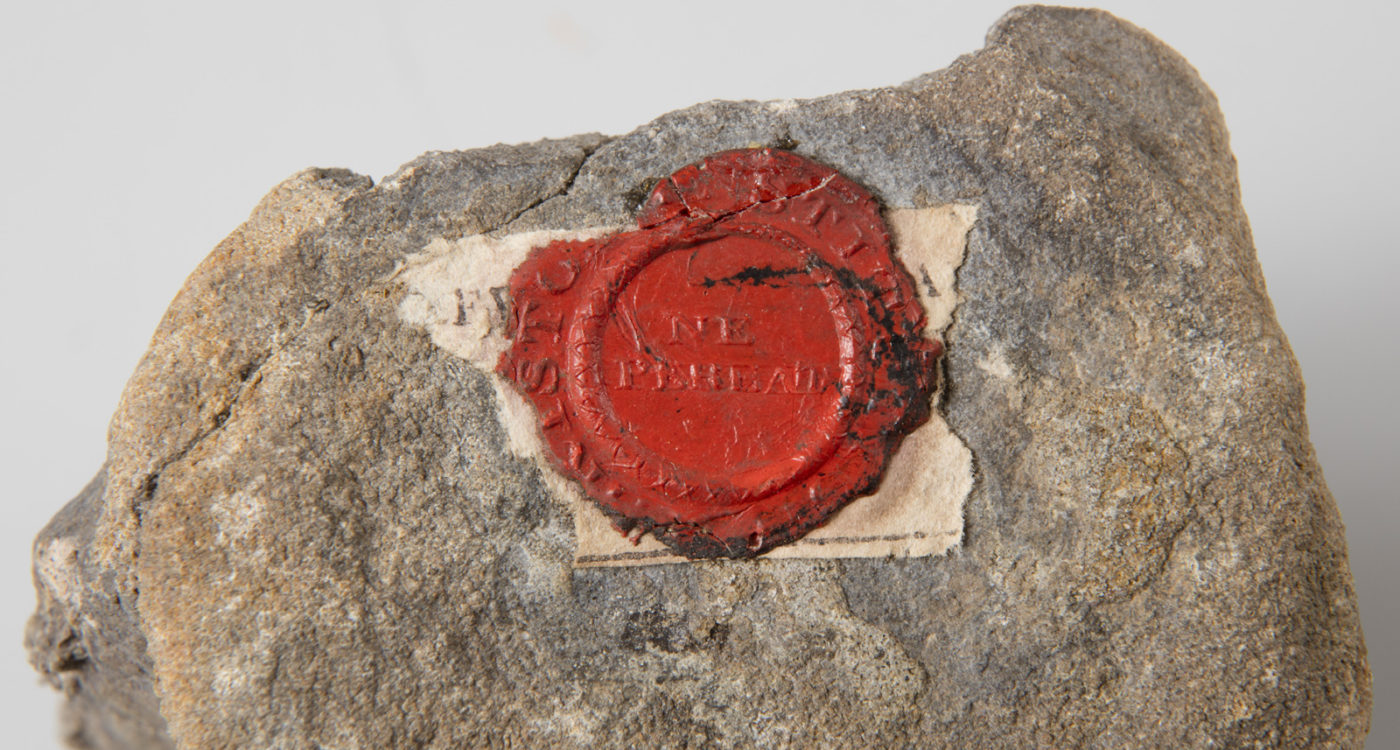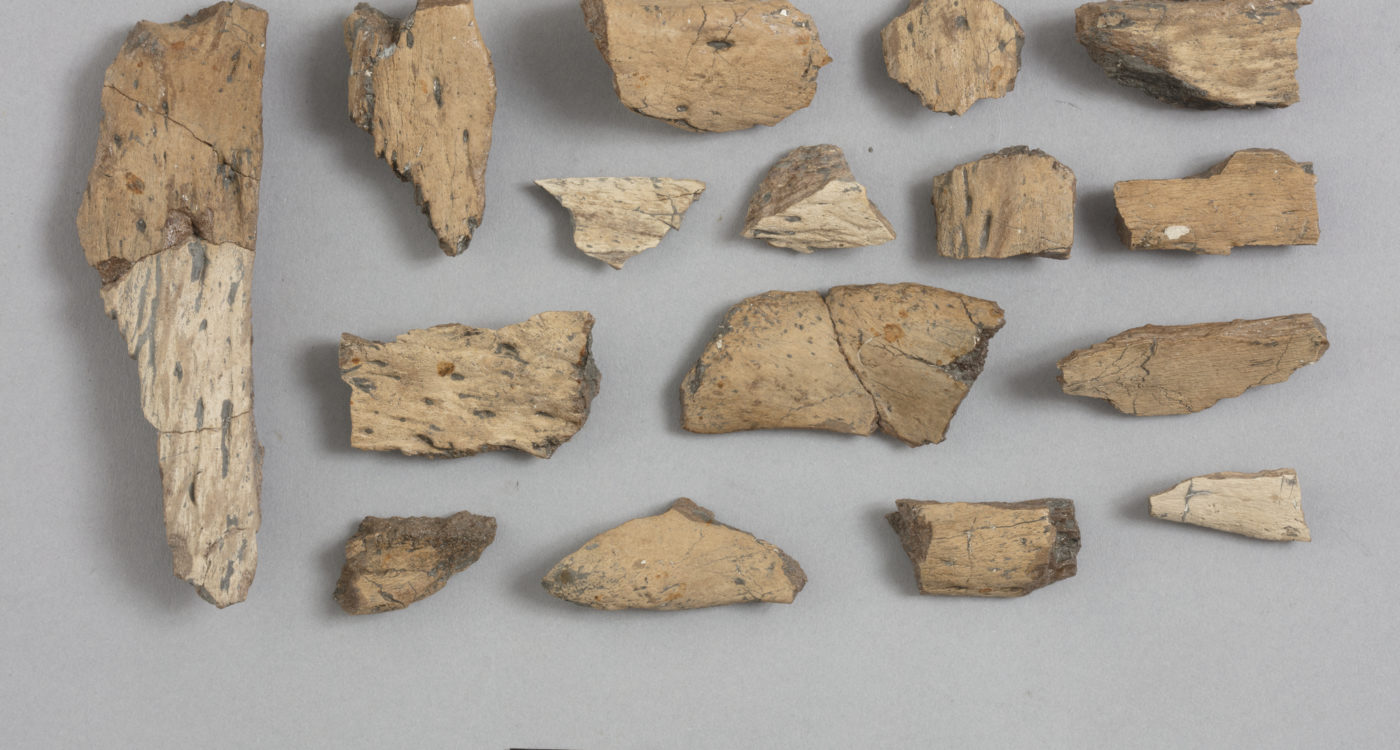Bristol palaeontology firsts
Open for business!
Bristol Museum & Art Gallery’s collection first opened for study in 1823.
Wax seals like these were used to label some of the first fossils in the collection.
First Fossil
Bristol Museum & Art Gallery’s first fossil was an ichthyosaur collected by Mary Anning from Lyme Regis, Dorset.
Mary Anning discovered amazing fossils from the age of 11 or 12. These included the first ichthyosaurs and plesiosaurs ever discovered by palaeontologists.
How old are you? Have you ever discovered a fossil?
Image: Credited to ‘Mr. Grey’ in Crispin Tickell’s book ‘Mary Anning of Lyme Regis’ (1996) [Public domain], via Wikimedia Commons
First drawing
Palaeontologists William Conybeare and Henry De la Beche used Mary Anning’s first fossil to draw one of the first diagrams of an ichthyosaur skeleton in the world.
Henry De la Beche and Mary Anning were childhood friends. They both lived in Lyme Regis and collected fossils together.
Image: William Conybeare (paper and drawing) [Public domain], via Wikimedia Commons
World exclusive!
In 1824 Mary Anning discovered the first complete plesiosaur skeleton. She sent this drawing of her plesiosaur discovery to William Conybeare in Bristol who broke the news of her amazing discovery.
Can you imagine finding out that such a strange creature once existed?
Image: By Mary Anning (1799-1847) ([1]) [Public domain], via Wikimedia Commons
Latest puzzle!
New fossils are still being added to Bristol’s collection today. These fossil bones are from a new species of Jurassic crocodile.
It is a 3D jigsaw with no instructions and some missing pieces. Sticking it back together will be a painstaking process.
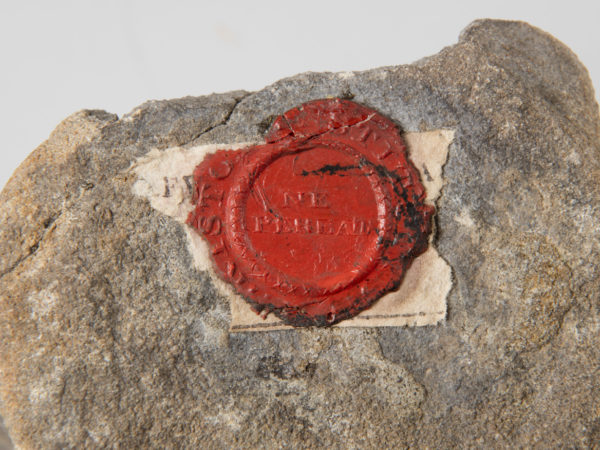
Open for business!
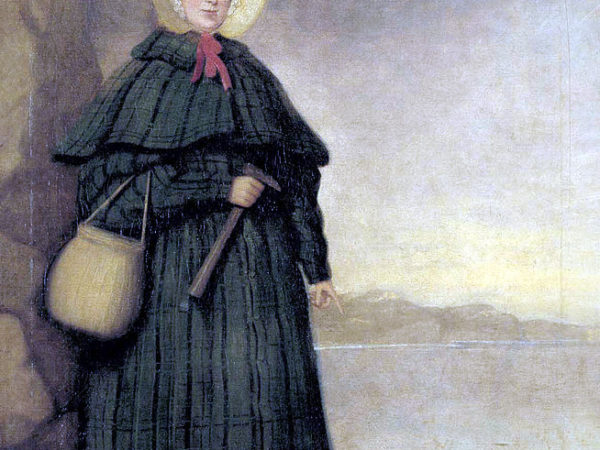
First Fossil

First drawing
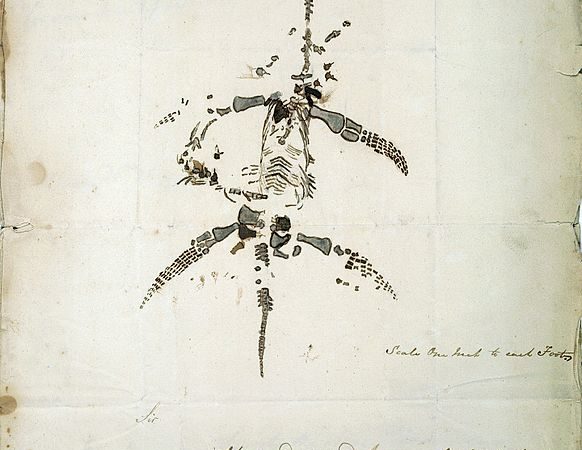
World exclusive!

Latest puzzle!
Now you're a plio-expert, what will you do next?
Be a Jurassic Explorer across the galleries at Bristol Museum & Art Gallery
-

-
Go face to face with #DeadlyDoris herself!
-
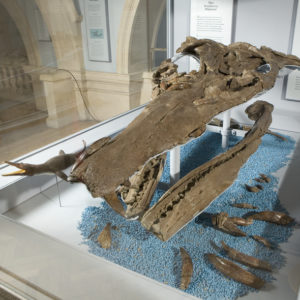
-
Visit the Sea Dragons gallery
-
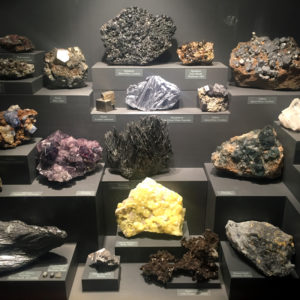
-
Explore the Geology gallery
-
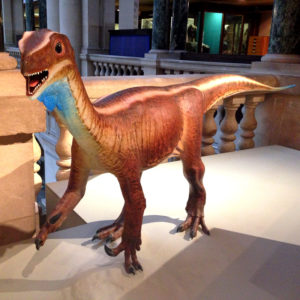
-
Say hi to Theco in the Dinosaurs gallery
See more fossil displays at The Etches Collection, Museum of Jurassic Marine Life, Kimmeridge, Dorset
Visit their website to find opening times.
Join a group
Join Rockwatch, the UK’s Nationwide Geology Club for Children
Find a fossil
Keep your eyes peeled and you never know what you could find!
